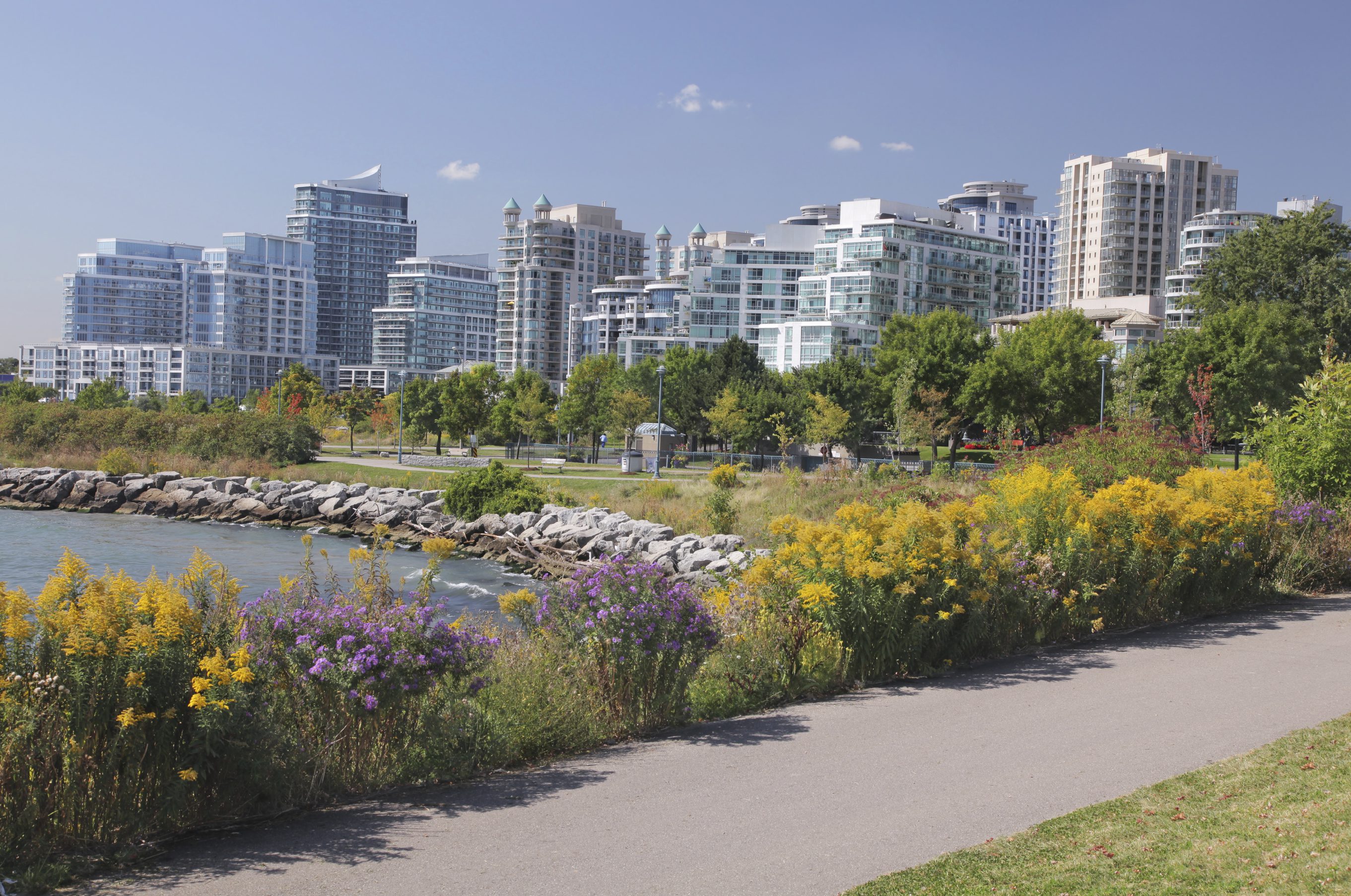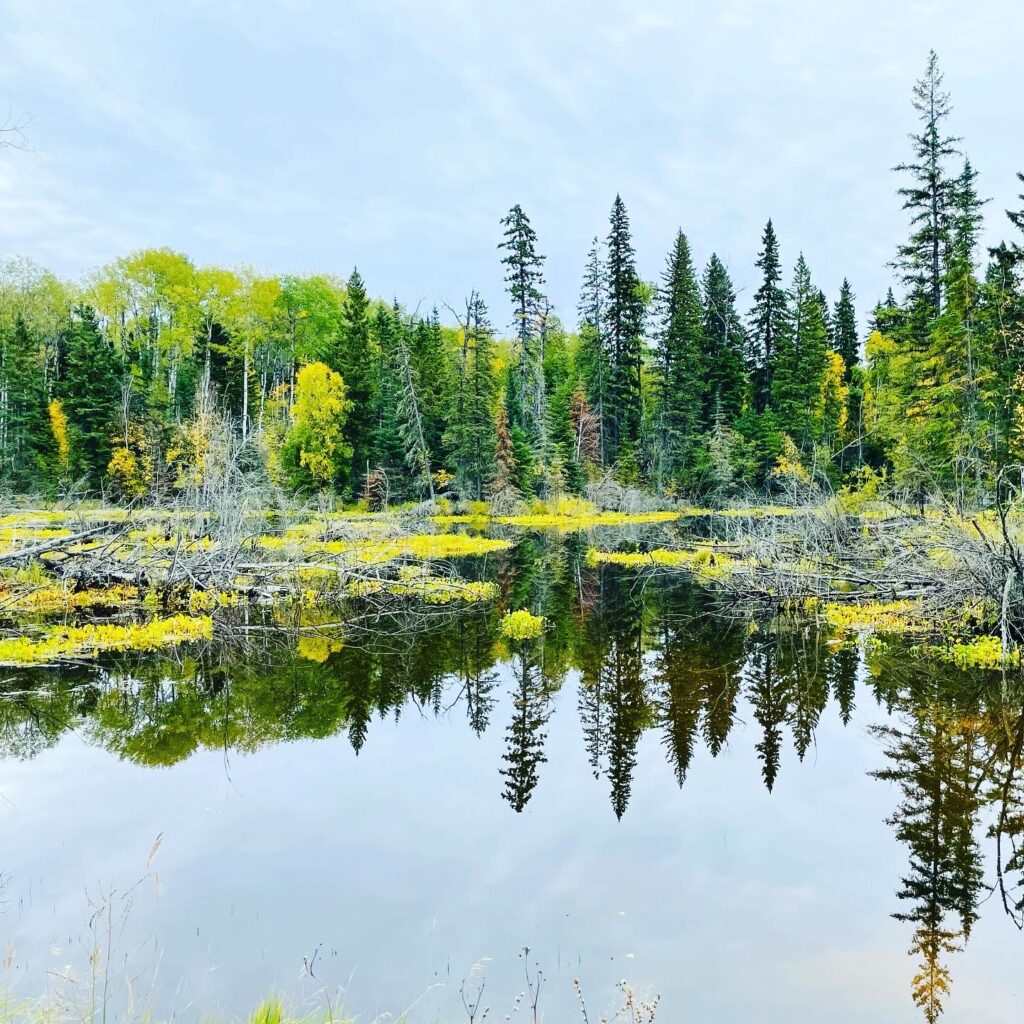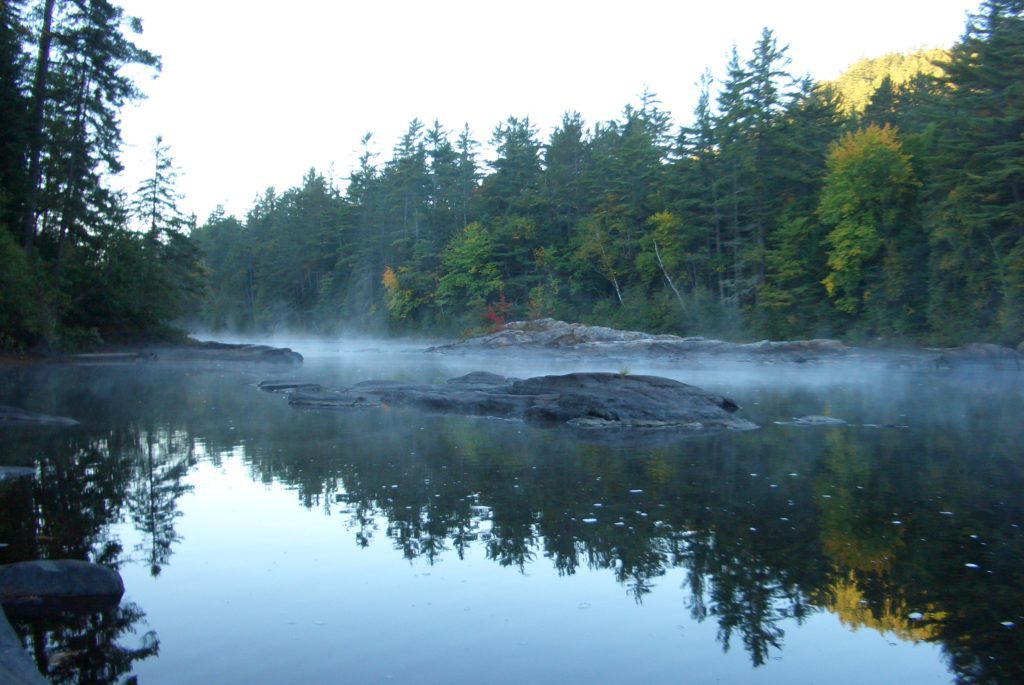As our population grows, where and how we build housing will affect our economy, jobs, traffic and municipal debt. For too long, urban sprawl and gridlock in the Greater Golden Horseshoe (GGH) have been out of control threatening the region’s water and food sources. That’s why the recent outpouring of love and support for the Greenbelt was both heartening and necessary to help us shift our growth patterns and provide the housing we need. Not only did public pressure ensure all party support for the Greenbelt, there is now growing interest in expanding it. That’s good news because growing the Greenbelt and building better cities goes hand in hand.
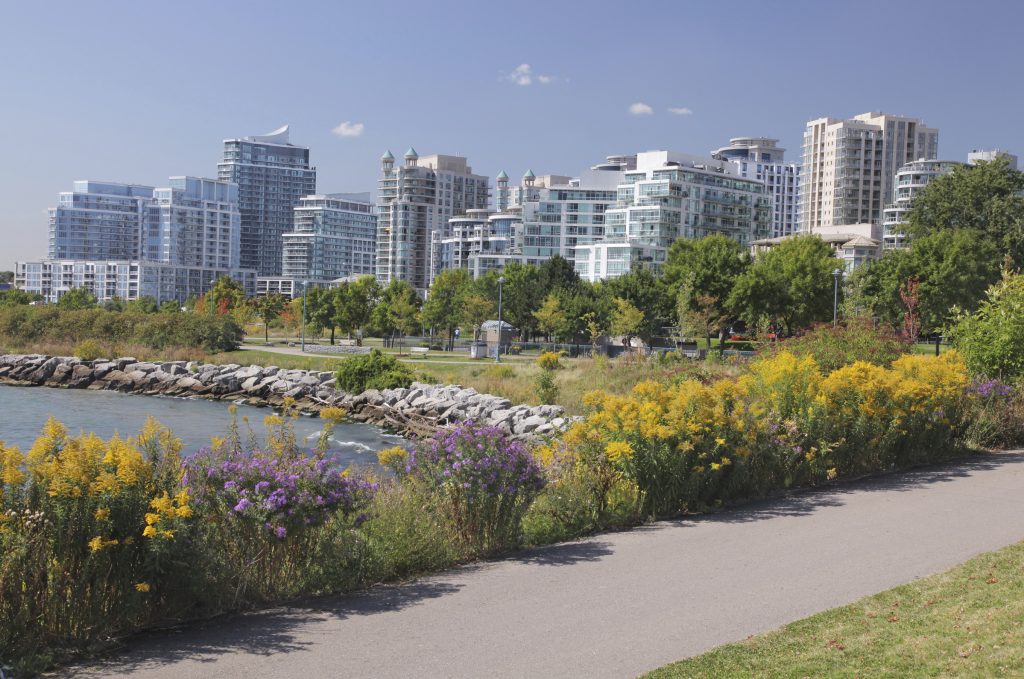
Ontario’s Greenbelt and Growth Plans are key to building livable communities
The Greenbelt and Growth Plan work in tandem to identify where new development can go and where it should not go. If we want to both protect and expand the Greenbelt then we need a plan of how we can build better cities to provide needed housing. That’s where the Growth Plan comes in.
Just as the Greenbelt tells us where not to develop to limit sprawl onto farmland, protect water systems and nature, the Growth Plan tells us where to develop to build better communities. Municipalities have designated land for housing until 2031, so there is no shortage of space. And under the revised Growth Plan, most of our future growth will be directed to urban areas where there are already expensive urban services like pipes, roads, public transit, schools and community services in place. Building in our existing urban footprint makes better use of our land, our tax dollars and potentially reduces municipal debt. Living and working in a compact community also reduces greenhouse gas emissions from transportation as people will have more options for getting around by walking, cycling or taking transit. And studies have shown that people prefer a shorter commute and a smaller home over a longer commute and a larger home.
The Growth Plan prevents urban sprawl and its resulting gridlock
The Growth Plan, which was updated in May 2017, encourages more housing and jobs in existing communities while reducing the development of costly sprawl. In general, there are three ways to build more housing in urban areas:
1. By building-up on Main streets near transit. In towns or villages, this can mean a 3-storey building with two floors of housing, above the shops. In a bigger city, like Burlington, it could mean a 12-storey building with shops on the ground floor, two floors of offices and the balance housing.
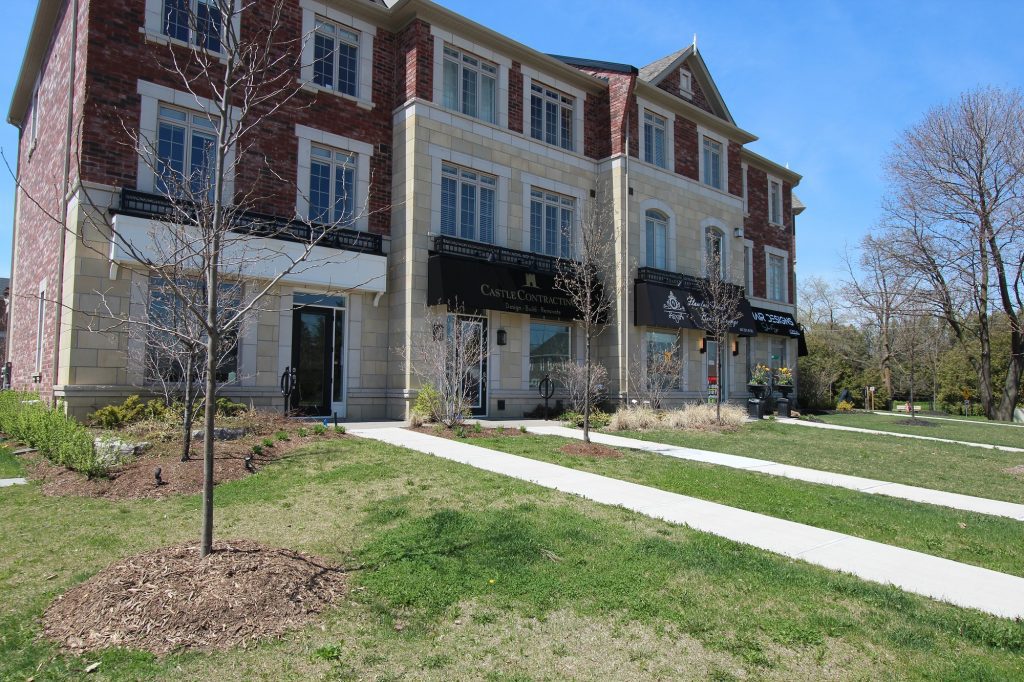
2. By using vacant spaces, such as empty residential lots and converting them into a live/ work complex, using our existing land/housing more efficiently (basement apartments, granny flats and laneway housing) or adapting an old abandoned building into housing. In Kitchener, an old firehall was converted into needed rental housing.

3. By building more housing and jobs per acre when we do build on new farmland (greenfield) sites.
As a result of building and supporting redevelopment on Main streets, providing more housing options and accessible services in our existing cities we create walkable, complete communities. This is where people can easily get around to shop, access parks and services by walking, cycling or taking transit. Just building low density housing on farm fields forces people to drive to work, which adds to gridlock, obesity and air pollution. With the Growth Plan, we have a plan in place to build more complete communities and housing where people want to live.
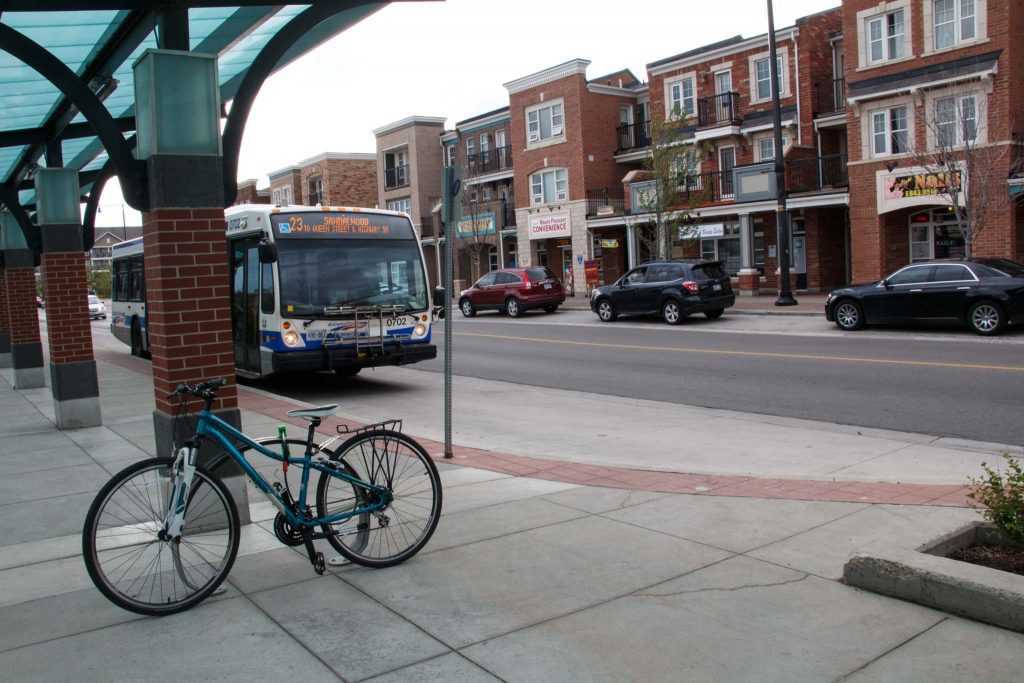
Expanding the Greenbelt Helps Build Better Cities
If we “build-up” and welcome density in our cities, we reduce our footprint by using less land for housing. This puts less pressure on the Greenbelt and limits expensive sprawl. We have policies in place to manage growth. We need to make sure that the municipal governments implement the plans properly to deliver their intended results.
The recent outpouring of support for the Greenbelt shows that people care about how we grow and what we protect from urbanization. We need to expand the Greenbelt so that communities throughout the GGH can benefit from its protection and build better cities.




